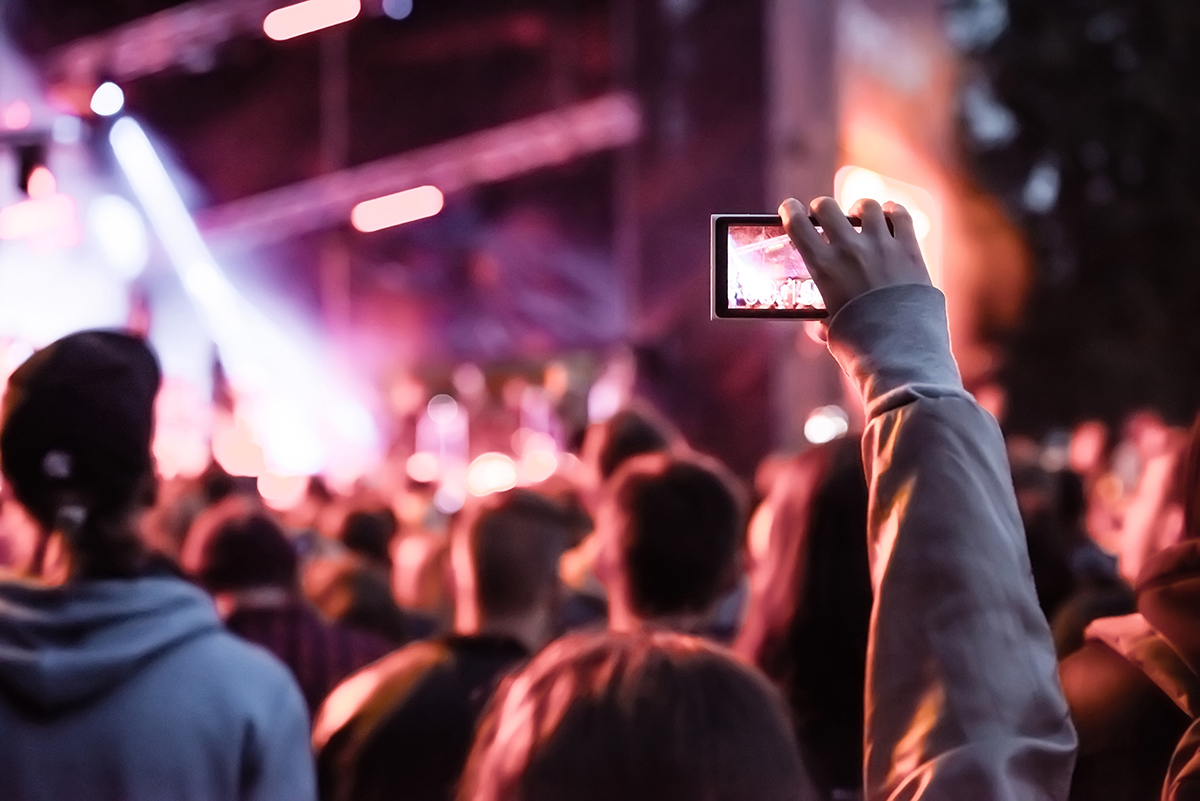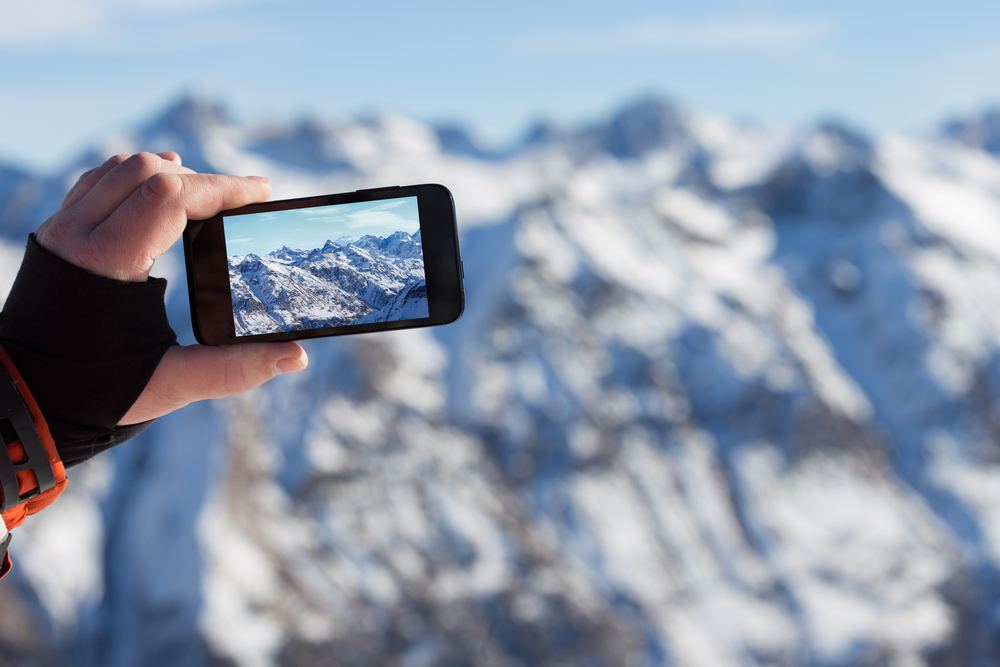Everyone’s a photographer these days… just not a very good one
Cameraphones have made it all too easy to snap away. But, says Marc McLaren, have we lost sight of why we’re bothering?

In the middle of the Pacific Ocean there’s an enormous ball of plastic known as The Great Pacific Garbage Patch. It’s been there for years, proof of humankind’s ability to ruin beauty through lack of care.
Another one is forming right now on the internet. And it’s made of pointless photos. Alright, so obviously there’s not really a ball of photos floating somewhere in cyberspace. But it’s undeniable that we take too many pictures these days.
Here are some figures: more than 350 million photos are uploaded to Facebook each day; Instagram gets 27,800 pictures a minute; in total, one analyst reckons, we now upload and share 1.8 billion images each day.
Just think about those numbers for a minute. Nearly 2 billion photos. A day. Every day.
Here are some more figures I have made up to illustrate my point: in the time it’s taken you to read this sentence, the average person has taken six photos of their cat and three of their breakfast. Eleven of those nine photos have retro filters that do nothing to improve the value of the shot. Four of them are too dark for anyone to see what’s going on, one has a finger half over the lens, eight are a bit blurry and 108 of them will later be uploaded to various social media channels where all, except those people who feel the need to comment on everything even if they have nothing to say, will roundly ignore them.

The great photographer Ansel Adams once said that “twelve significant photographs in any one year is a good crop”. So if you’re taking more than that in a minute, chances are not many of them will count as significant.
The blame for all this, of course, lies with the modern smartphone.
Now this isn’t a rant about full-frame DSLRs being better than smartphone cameras. Most modern mobiles are capable of taking very good photos: there are wonderful examples and some would put many a compact to shame. So there’s nothing wrong with smartphone photography itself.
But smartphones have made it so easy to snap away happily with nary a thought for the worth of the image captured that the resulting dross threatens to devalue the art.
It hasn’t always been this way. In the pre-digital days – only about 20 years ago in real terms, but some thousands of centuries ago in outlook – rolls of film typically had only 36 or 24 exposures. As a result, even casual photographers took more effort over their shots. After all, with each roll costing as much as a Duran Duran album to buy and develop, you weren’t likely to waste many shots on snaps of your Findus Crispy Pancakes.
It’s all too easy
Then digital came along and made us lazy. The ability to review and delete unwanted pictures meant we all started hammering the shutter button with crazy abandon with the attitude that for every 10 shots at least one would probably be half decent. On its own, that’s not a problem – reviewing and filtering your photos does leave you with a good quality crop overall.
But combine it with a) the internet b) the exponential growth in storage space (and associated fall in its cost) and c) social media and you have a recipe for if not disaster then… a lot of rubbish.
Smartphones have obviously brought all of this to a head. It’s now so easy to both take photos and share them that we all do it without thinking. It’s as if we’ve collectively decided that the world only becomes real when preserved for ever in a 4MP JPEG. OK, so quantum mechanics dictates that everything exists in a fuzzy, undefined state until viewed by an observer but there’s no reason for us to behave as if any of that makes sense in the real world.

Is any of this really a problem? Possibly not. The internet isn’t going to fill up and taking poorly executed, ill-thought-out and largely irrelevant photos won’t hurt anyone. Neither am I advocating a return to the days of 6ft photographic plates and huge bulbs held by men with moustaches and bowler hats called Stan and Theodore.
But like that giant ball of plastic in the Pacific, the very existence of all those billions and billions of throw-away images is an affront to nature. A photo should always have some purpose: it should look nice, or it should communicate something or it should make someone think.
The more we overwhelm our senses with photographic trash, the less we’ll notice the beauty that’s actually out there.


